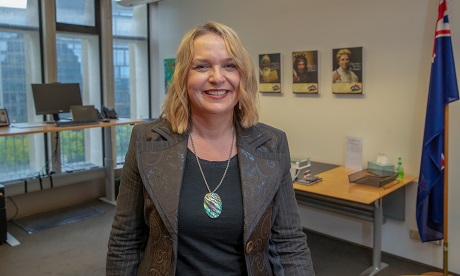Ever since 2017 the Labour-led Coalition Government abandoned National Standards, school leaders have been left to make best practice decisions for their schools.
“We’ve had to make decisions about how to lead curriculum delivery, assessment, pedagogy and professional development,” says Kevin Shore, CEO of the New Zealand Catholic Education Office.
“I remember this time well (as a principal in a school) and there was a plethora of different approaches taken by schools as many used the freedom in the NZ Curriculum to develop local place-based curriculums to compliment the core curriculum.”
Shore says the various efforts resulted in some rich and innovative approaches to the curriculum – but across the sector outcomes were variable.
“Falling achievement rates and concerns over levels of student literacy and numeracy resulted in increasing scrutiny of the curriculum. There were calls for more clarity for teachers in interpreting what was most important to teach and how to teach it.”
He says approaches to assessment were also a crucial part of this conversation given the strong rejection of National Standards by the education sector.
Shore was delighted to hear new Associate Minister of Education Jan Tinetti (pictured) tell the Association of Proprietors of Integrated School that she wants curriculum and assessment to be based on best practice models that have a strong research base in terms of effectiveness.
“The teaching of literacy is one of the most important strands of the current review,” he says.
“As a former school principal I know well that low levels of student literacy are the most significant threat to equitable outcomes in education.
“Students with low levels of literacy (and numeracy) have a limited ability to participate in the breadth of the senior school curriculum resulting in more limited career options.”
Shore says at a personal level, he is encouraged by the strategies Tinetti described.
He’s particularly pleased with Tinetti’s focus on best practice teaching for literacy and numeracy.
“It’s encouraging to see curriculum statements that have more clarity on what should be taught and when, funding for curriculum lead support, focused professional development for our teaching staff in schools and a more comprehensive set of resources to support teachers in delivering the curriculum.”
The next thing to get right is to ensure delivery matches these good educational ideas, he says.
“I’ve seen a number of good educational ideas scuppered by poor delivery strategies. I am hopeful, though, that this aspect of the current education reforms in curriculum and assessment does receive the necessary funding and technical support to be successful.”
